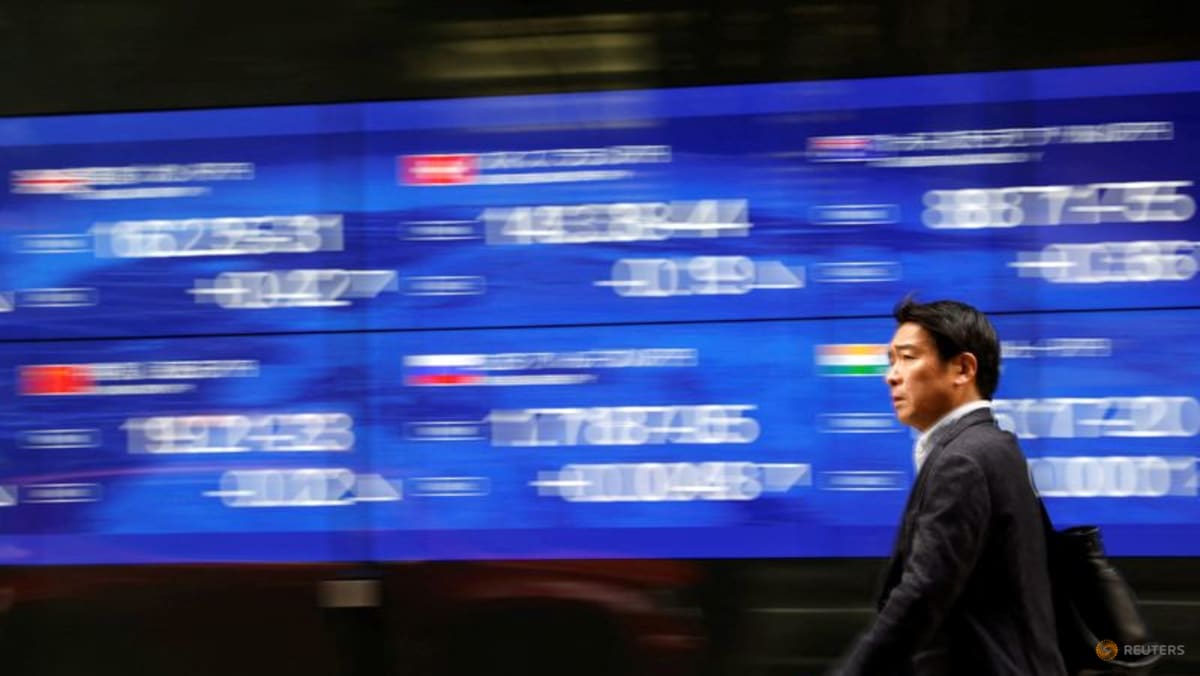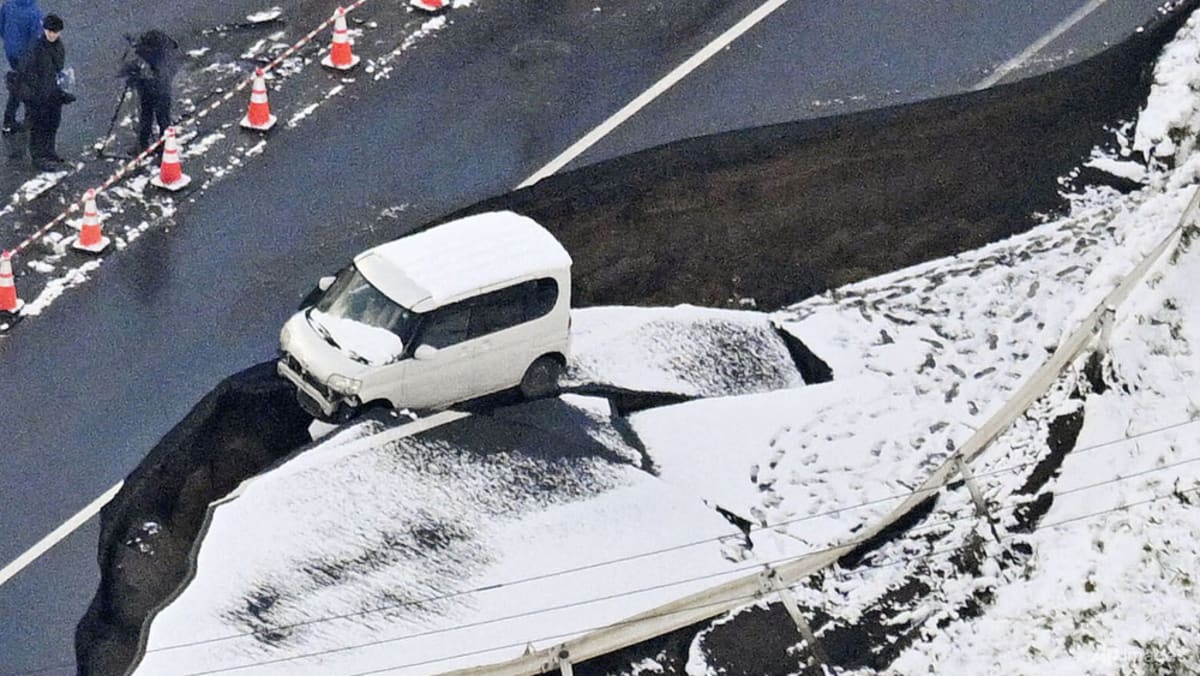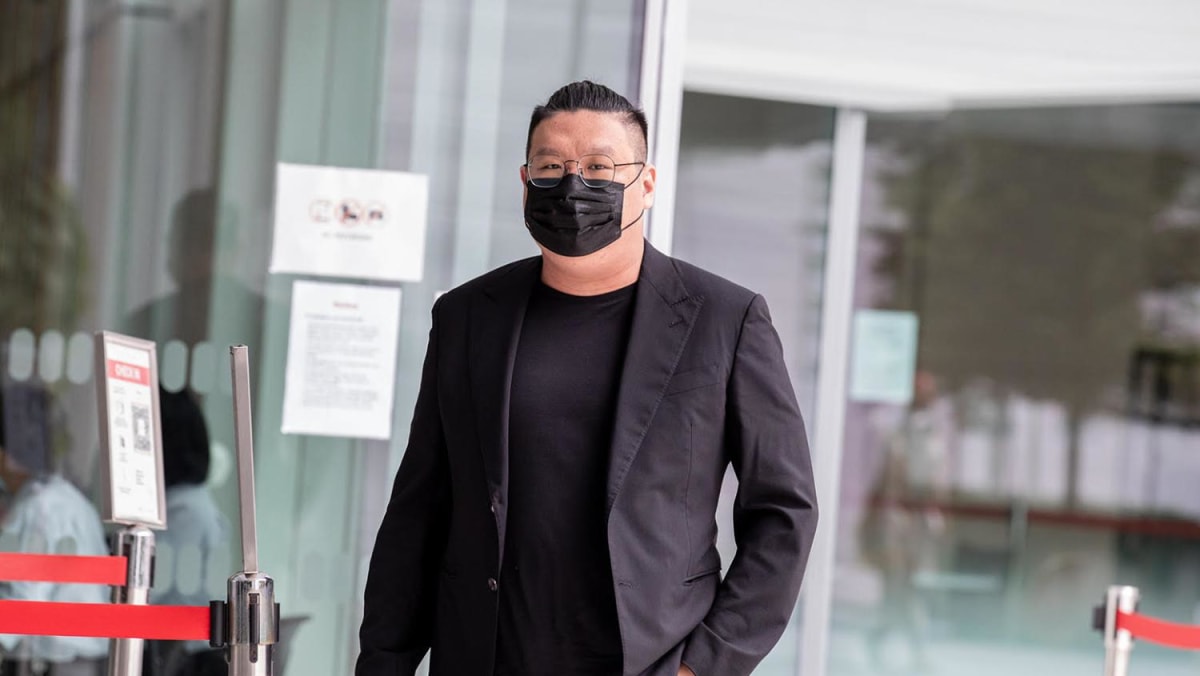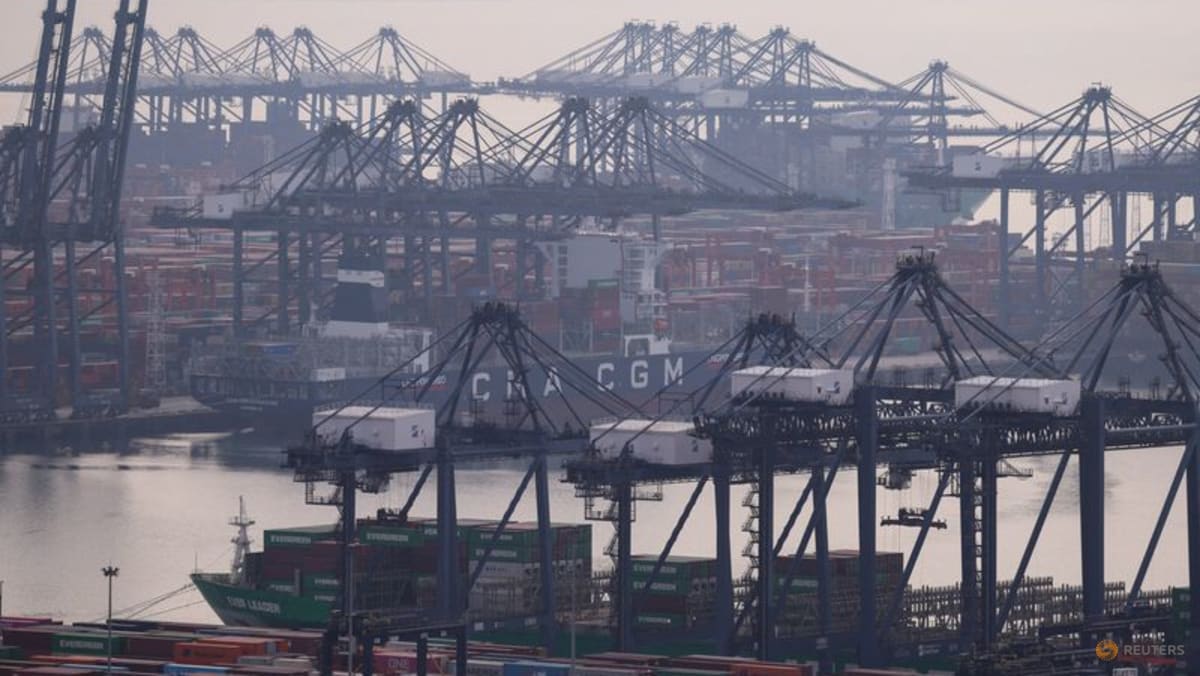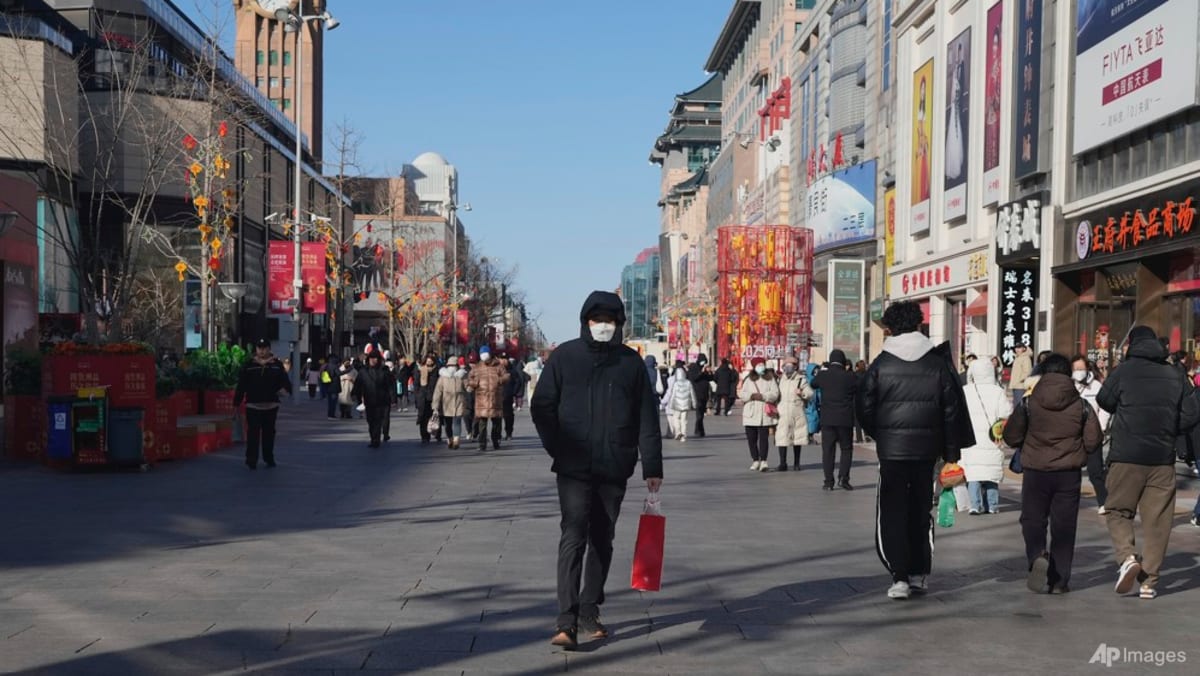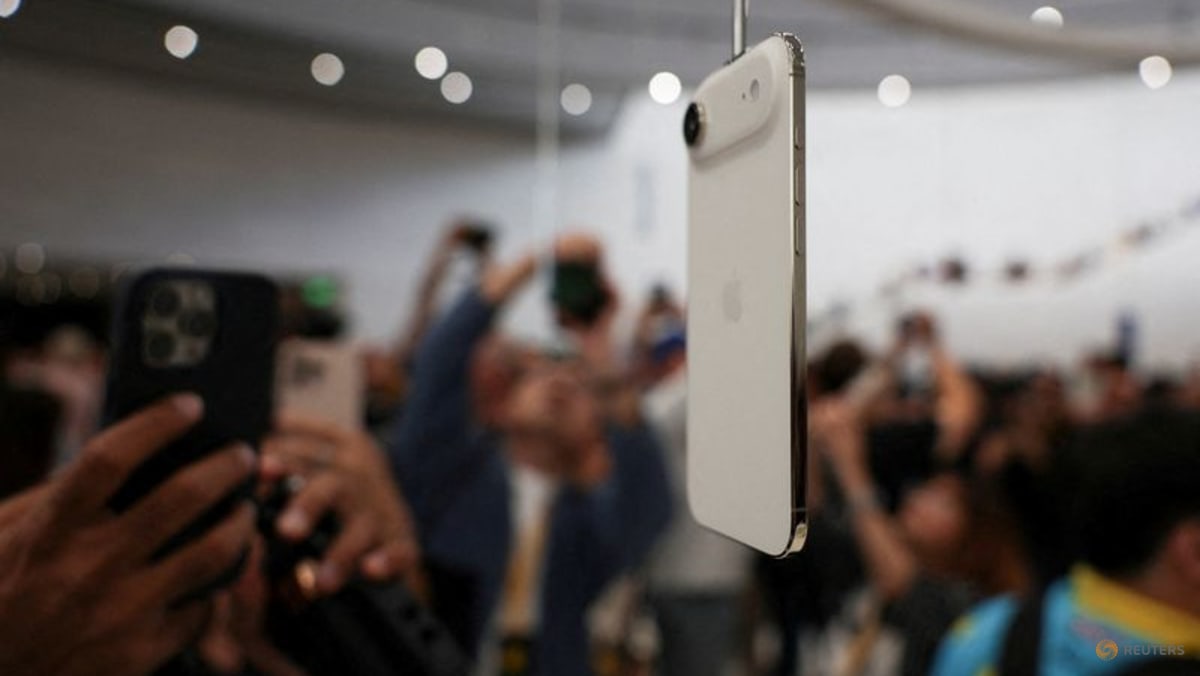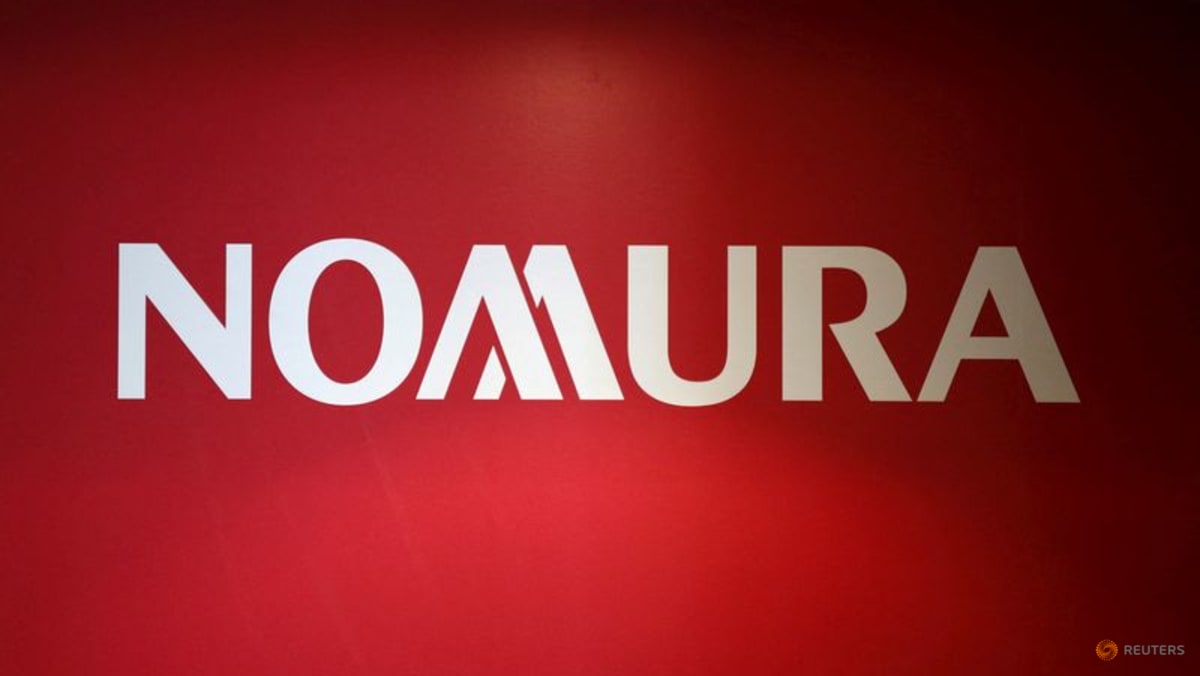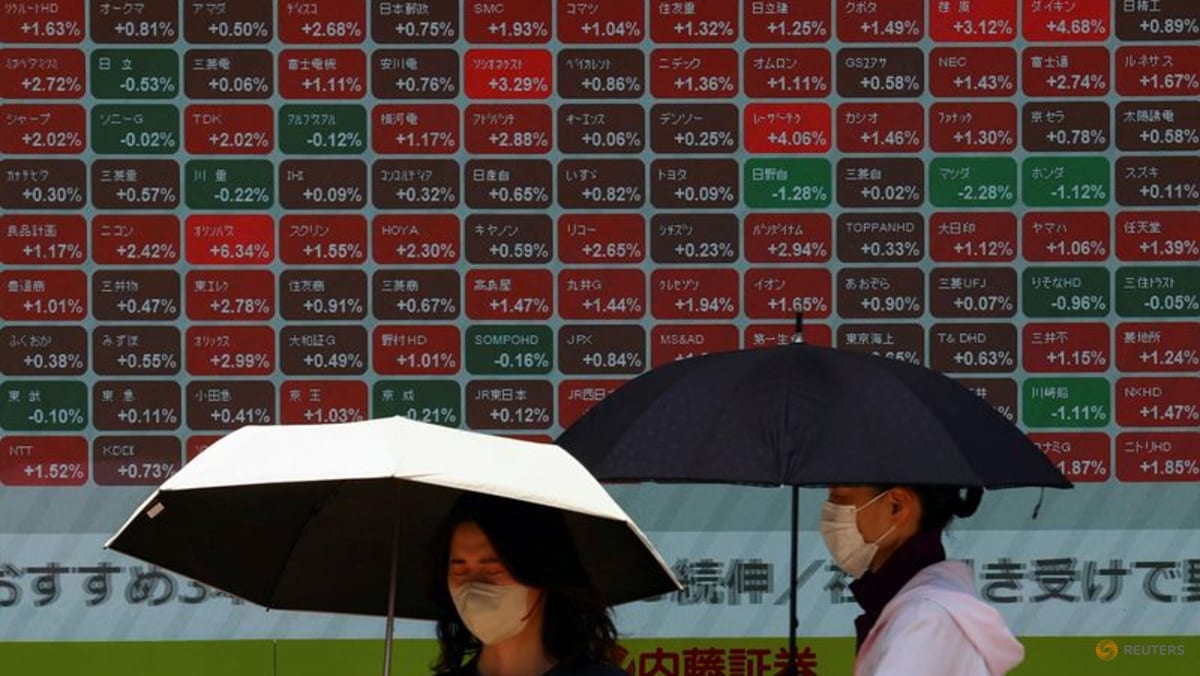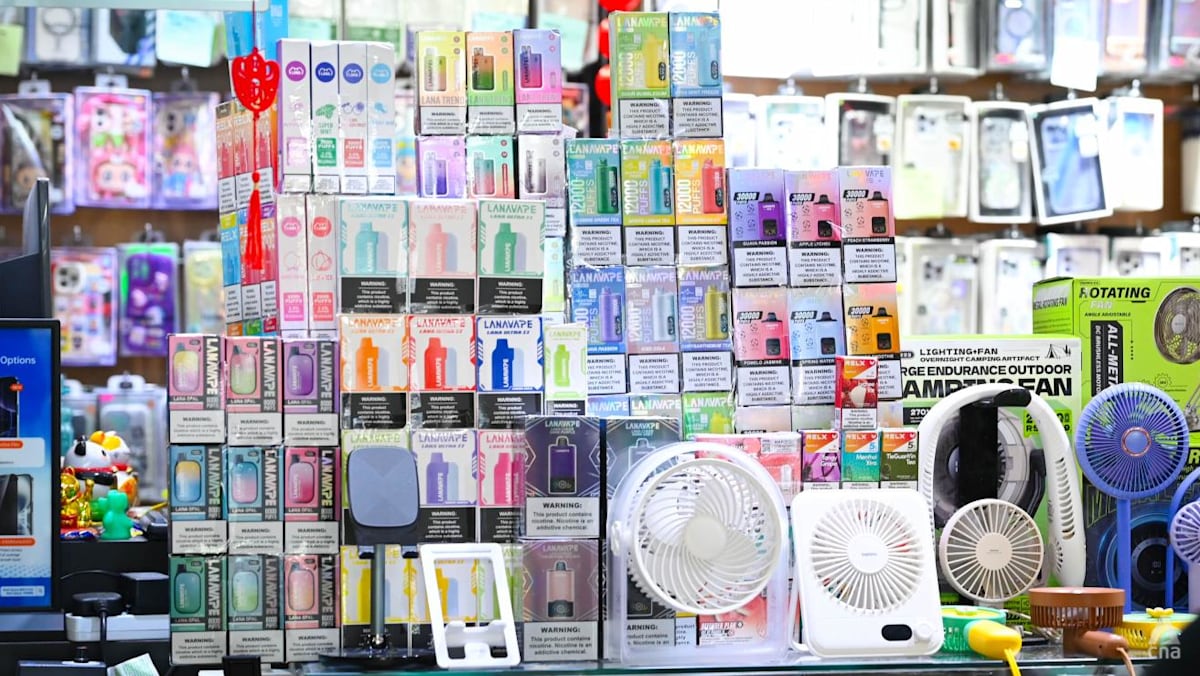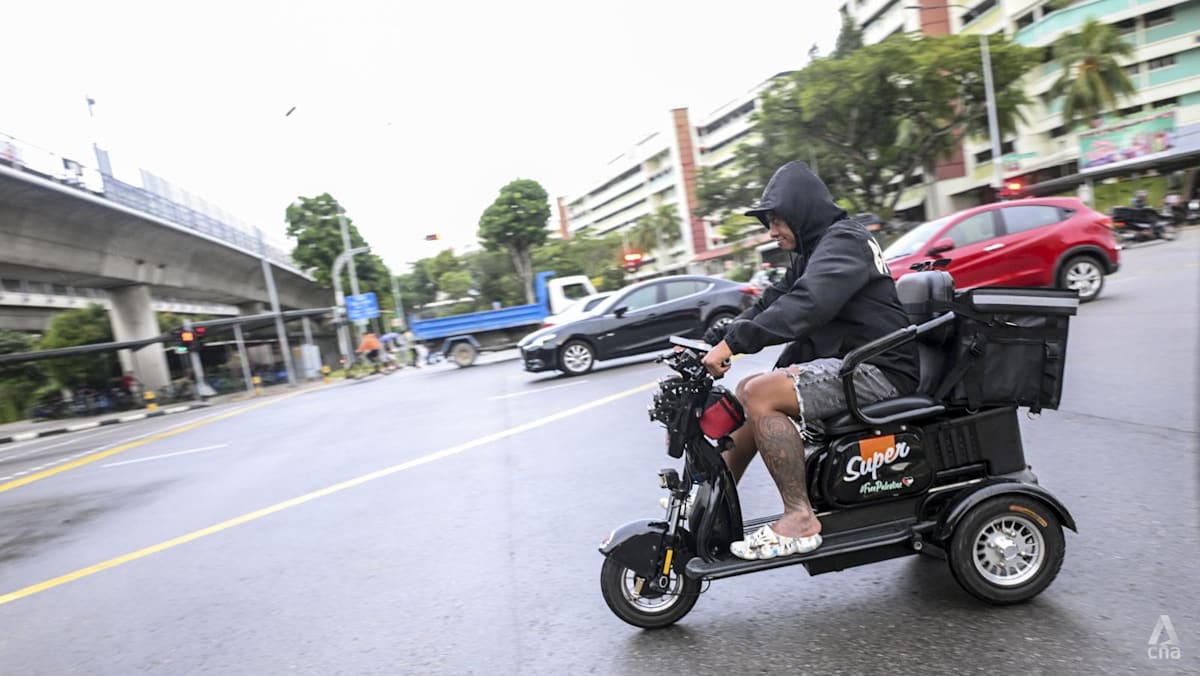HONG KONG: Donald Trump may know the art of dealmaking, but he certainly doesn’t know the art of stock market timing.
The timeline of his latest trade spat with China is curious. On Friday (Oct 10) morning, the S&P 500 Index was headed for another record before the United States president announced that he would impose an additional 100 per cent tariff on China.
After the tech-heavy Nasdaq Composite Index closed 3.6 per cent lower, his administration walked back the threat on Sunday, signalling openness to a deal with Chinese President Xi Jinping to quell trade tensions.
All this drama happened when Asia markets were closed for the weekend. By the time China reopened on Monday, traders already understood that the 100 per cent levy on their export-oriented nation may not materialise. The Hang Seng Index was down 1.7 per cent, compared to a 13.1 per cent one-day tumble on Apr 7, when Trump’s Liberation Day tariffs rattled investors.
Back then, Beijing’s “national team,” a group of institutional investors that buys index funds to contain selloffs, had to openly pledge that it would support markets.
Rather, Americans seem to have borne the bulk of jitters this time. On Friday, the CBOE Volatility Index, known as the “fear gauge”, jumped more than 30 per cent. Meanwhile, those crypto bros who supported the president must have had a nerve-wracking weekend as their portfolios experienced record selloffs on the renewed trade tensions.
PAPER TIGER
The fact that Trump couldn’t wait for just one day of a meaningful market correction in China before reversing himself is interesting. Has he realised that the balance of leverage is shifting to China’s favour? Has Trump become – what the Chinese say – a paper tiger?
For all his love of the stock market, the Chinese can certainly hold him hostage. By now, the S&P’s AI-driven rally is priced to perfection, and any prolonged supply chain disruptions can derail and kill the stock boom.
Beijing’s aggressive new export controls on rare earths, for one, can upset the fabrication process of AI chips.
Lithography machines, like those sold by ASML Holding, which chipmakers including Taiwan Semiconductor Manufacturing Co (TSMC) and Samsung Electronics rely on to produce semiconductors, are especially vulnerable because they contain extremely precise lasers and magnets that use these elements. Separately, foundry giant TSMC relies on China’s consumable materials for 30 per cent of its production capacity of chips at 7nm and below.
In other words, from the market’s perspective, China’s grip on rare earths is even more lethal now than in early April, despite the fact that the US government has lately made a big investment in rare earth magnets.
Meanwhile, nagging trade tensions will strengthen Xi’s resolve to not only build China’s own AI models, but power them with its own hardware, thereby redrawing a supply chain dominated by Nvidia.
Already, Beijing has told its tech companies to stop buying Nvidia’s H20 AI chips tailor-made for the China market. Its customs offices have been cracking down on smuggling of the most advanced chips, a sharp reversal to the eyes-wide-shut attitude in the past. Nvidia’s shares tumbled 4.9 per cent on Friday.
In early April, those engaged in the so-called TACO trade – buying stocks after markets tumbled on Trump’s tariff threats and selling after the president reversed his stance – have done very well.
It’s unclear this strategy can continue to be as profitable, however, because these days Trump is chickening out so quickly that some markets don’t even get to have a proper drawdown.

